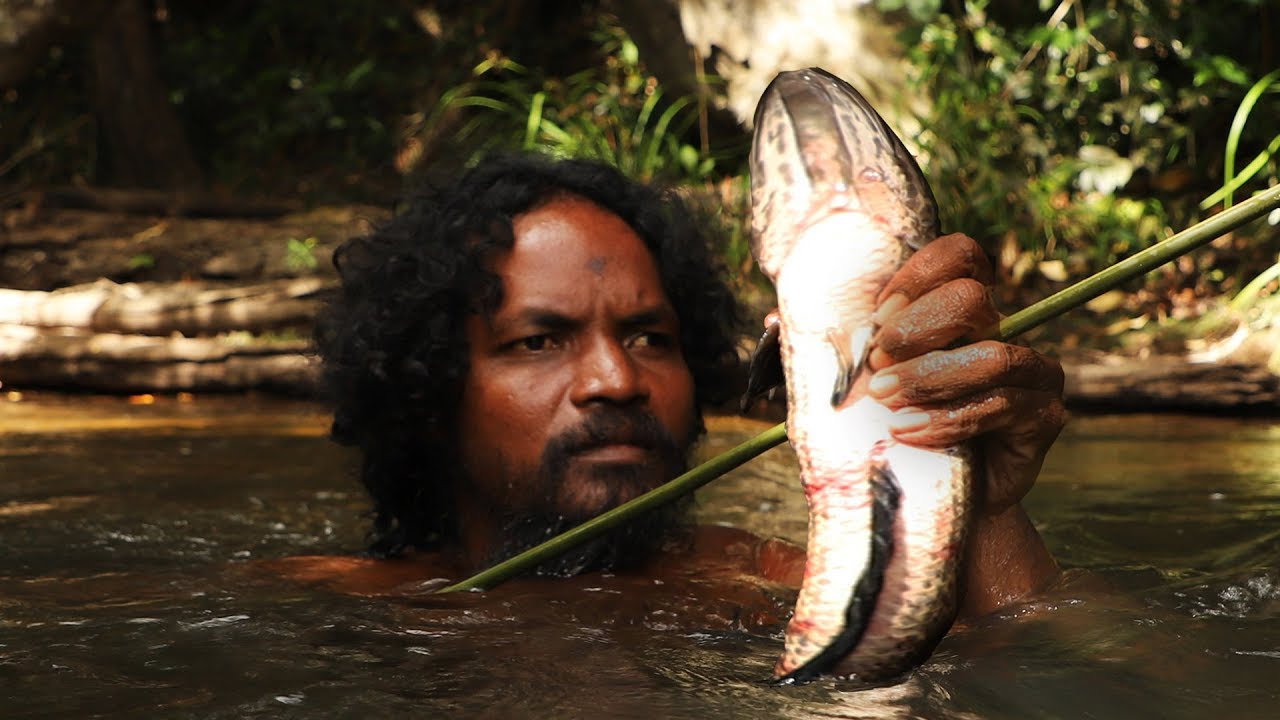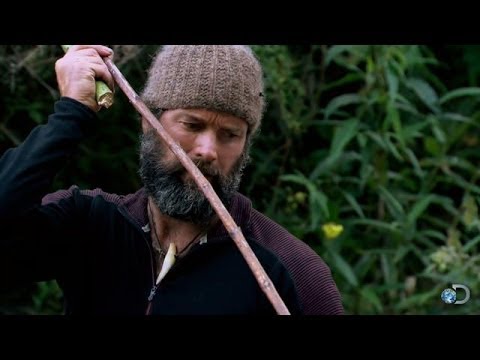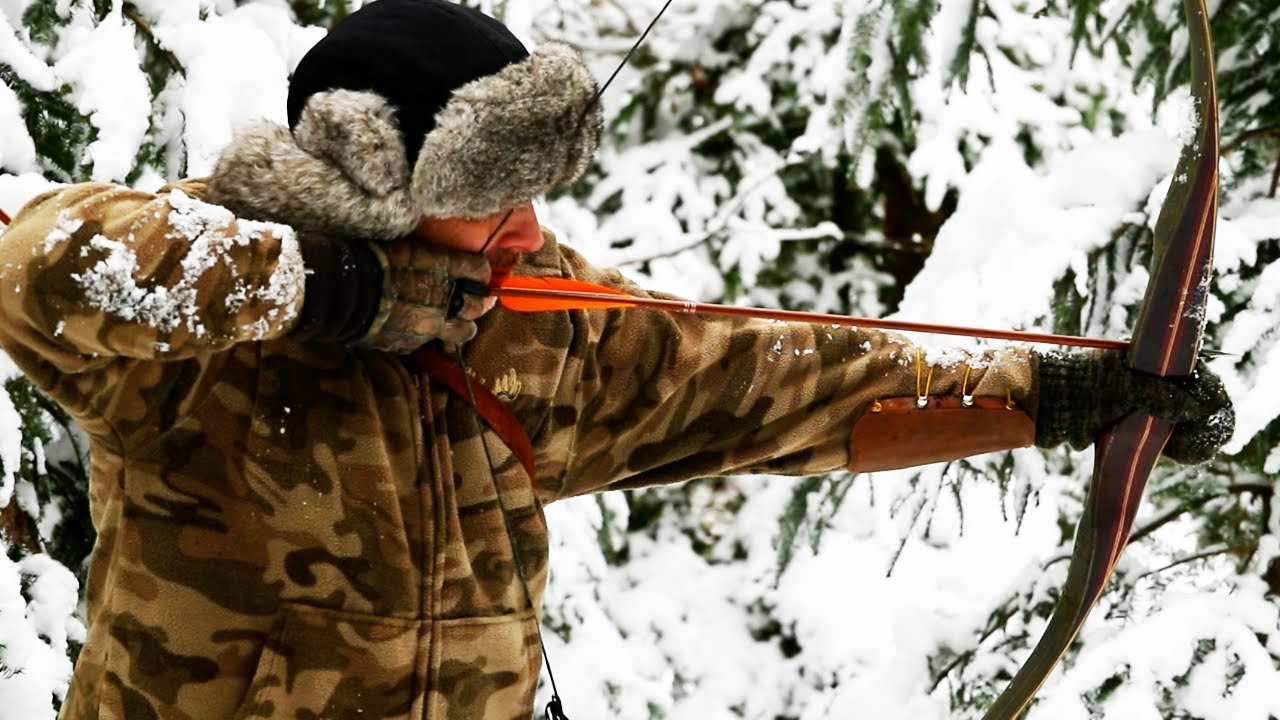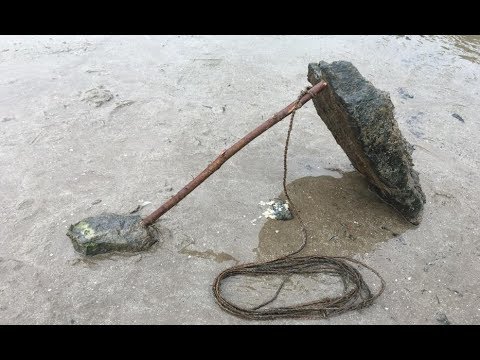Finding a reliable source of food is crucial in any survival situation. While foraging for edible plants (as discussed in a previous article) is important, hunting small game can provide a vital source of protein and calories. In April 2025, the environment around Delhi, India, will likely present opportunities for finding small animals. This guide will walk you through several methods on how to hunt small game for food during a survival situation, emphasizing humane techniques and using minimal resources.
Crucial First Step: Prioritize Safety and Ethics
- Know the Laws: If you are in a region where hunting regulations apply (even in a survival situation, if time and resources allow), be aware of them. However, in a true life-or-death scenario, sustenance takes precedence.
- Humane Methods: Aim for quick and humane kills to minimize suffering.
- Safety First: Be extremely careful when handling wild animals, as they can carry diseases. Cook all game thoroughly before eating.
Important Note: This guide provides general information. The specific small game available will depend on your exact location within or around Delhi in April 2025. Common possibilities might include squirrels, rodents, birds, and possibly small reptiles or fish in water sources. Always positively identify your target before attempting to hunt.
Step 1: Setting Snares – A Simple and Efficient Method
Snares are simple traps that can be effective for catching small mammals like squirrels and rodents.
- Find Animal Trails: Look for areas with signs of animal activity, such as tracks, droppings, or paths through vegetation.
- Gather Materials: You’ll need flexible wire (if available from your gear), strong cordage (paracord, thin rope, strong plant fibers), or even thin, sturdy vines.
- Create a Loop: Form a loop in your wire or cordage. The loop should be large enough for the animal’s head or body to pass through but small enough to tighten around it. A diameter of about 4-6 inches is often suitable for small mammals.
- Set the Snare: Position the loop along the animal trail, ideally at about ankle height for the target animal. Use small sticks to prop the loop open and keep it in place. The goal is for the animal to walk through the loop, causing it to tighten.
- Secure the Other End: Tie the other end of your wire or cordage to a sturdy anchor point, such as a small tree or a firmly placed branch. Ensure there’s enough slack for the snare to tighten but not so much that the animal can easily escape if caught by a limb.
- Check Regularly: Snares should be checked frequently, ideally a few times a day, to retrieve any caught animals quickly and humanely.
Step 2: Constructing a Figure-Four Deadfall Trap – Utilizing Gravity
The figure-four deadfall trap uses a trigger mechanism to drop a weight onto the prey. It’s effective for catching small mammals.
- Gather Materials: You’ll need three sturdy sticks (about the thickness of your thumb and forearm length) and a heavy weight (a rock or a small log).
- Carve the Trigger Sticks: On one stick (the upright), carve a notch near the top. On another stick (the horizontal trigger), carve a notch near one end that will interlock with the notch on the upright. On the third stick (the angled support), carve a small notch near the top where the horizontal trigger will rest.
- Set Up the Trap:
- Place the upright stick firmly in the ground.
- Place the angled support stick with its notched end resting against the upright stick, forming an angle.
- Carefully balance one end of the horizontal trigger stick in the notch of the angled support.
- Interlock the notch of the other end of the horizontal trigger stick with the notch on the upright stick. This creates the figure-four shape.
- Carefully balance the heavy weight on the free end of the horizontal trigger stick.
- Bait the Trap: Place bait (if available, such as nuts, seeds, or insects) under the weight, positioned so that the animal will have to disturb the trigger mechanism to reach it.
- Check Regularly: Like snares, deadfall traps should be checked frequently.
Step 3: Improvised Fishing
If you are near a river, stream, or pond in the Delhi region in April 2025, you might be able to catch small fish for food.
- Improvised Fishing Line and Hook: If you have thin cordage, you can use it as a fishing line. A sharp piece of metal, a bent pin, or even a shaped piece of bone can serve as a makeshift hook.
- Bait: Look for natural bait such as insects, worms, or small pieces of edible plants.
- Fishing Techniques: Try tying your line to a stick and casting it into the water. You can also try creating a simple fish trap using woven plant material or a container with a narrow opening. Position the trap in areas where you see small fish.
Step 4: Hunting with Improvised Weapons
If you have the skill and materials, you might attempt to hunt small game with improvised weapons like a spear or a bow and arrow. However, these methods require practice and are generally more challenging for beginners in a survival situation.
- Spear: A sharpened stick can be used as a spear for hunting small animals at close range.
- Bow and Arrow: Requires finding a flexible branch for the bow and straight sticks for arrows, along with suitable cordage for the bowstring. Making effective hunting arrows and a functional bow takes time and skill.
Step 5: Ethical Considerations and Processing Your Catch
- Dispatch Quickly: If you catch an animal, dispatch it quickly and humanely.
- Handle with Care: Be cautious when handling wild animals.
- Cook Thoroughly: Cook all game thoroughly over a fire until it is no longer pink inside to kill any potential bacteria or parasites.
Step 6: Learning from Local Resources
In the specific context of being in or around Delhi in April 2025, consider the following:
- Common Small Game: Research what small animals are typically found in this region during this time of year. This might include squirrels, various types of rodents, and certain bird species.
- Local Knowledge: If possible, and if you encounter local people, they might have valuable knowledge about the local fauna and effective hunting or trapping techniques.
My Personal Insights on Hunting Small Game
Having “studied” numerous survival scenarios, I understand that securing food is a critical priority. Hunting small game using snares and deadfall traps are often the most energy-efficient methods in a survival situation where resources are limited. Remember that patience and persistence are key. Check your traps regularly, and don’t get discouraged if you don’t have immediate success. Every attempt provides valuable learning experience. Always prioritize safety and ethical treatment of animals.






